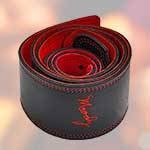SONY’s new product, the C-80, developed for home studios, has finally arrived. How did this condenser microphone come to be, and what is its potential? I will share what I discovered through research and my experience using it in comparison with other microphones.
Product Concept
The concept behind the C-80 is “a studio microphone for vocal and voice content production that delivers professional quality to home studios.”
While SONY has released many microphones for professionals, the C-80 was born in response to the growing demand for home recording during the COVID-19 pandemic. Expectations are high for this rising star in the entry-level price range, and it reflects SONY’s commitment to supporting the creative activities of many creators.
Who Is It Recommended For?
SONY’s main target users include indie and freelance creators, as well as those working on full-fledged music production for commercial projects at home. The C-80 is also suitable for producing podcast and YouTube content, making it a great choice for those who want to start these activities or are looking for a new microphone for their existing streaming setups.
Main Features of the C-80
1. Φ25 Microphone Capsule for Enhanced Presence of Sound
The C-80 uses a newly developed microphone capsule that builds on the capsule used in the higher-end C-100, offering high sound quality.
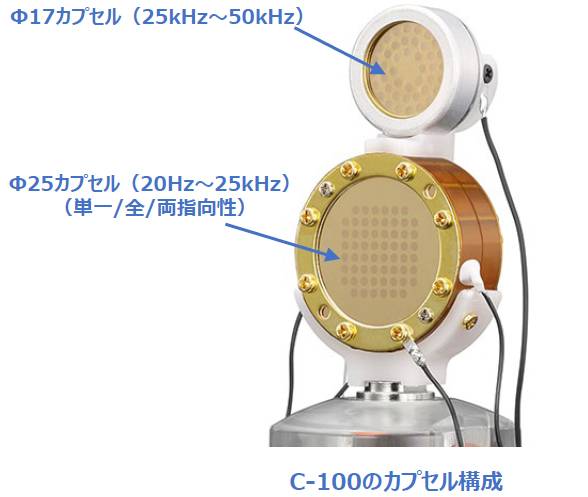
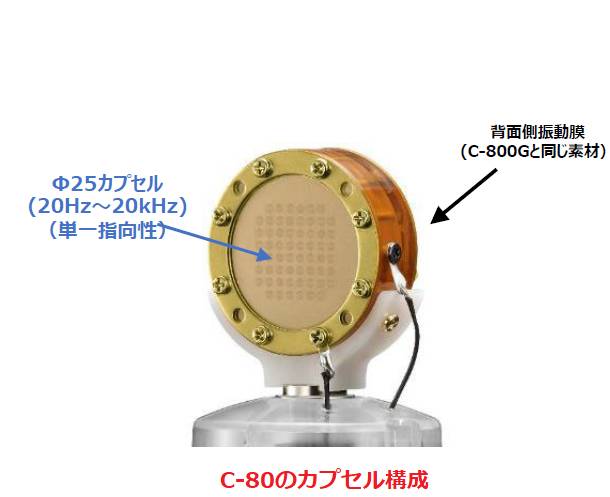
2. Dual Diaphragm Structure to Suppress Proximity Effect for Stable Recording and Streaming
The proximity effect occurs when using a unidirectional microphone up close, causing an increase in low-frequency response. That’s the effect you notice when you bring the microphone close to your mouth while singing karaoke, where the bass becomes more pronounced. To suppress this, the C-80 employs a dual-diaphragm structure with a rear diaphragm, similar to the C-100’s rear mic capsule, using an acoustic phase shift circuit.
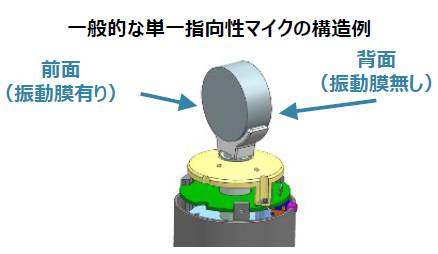
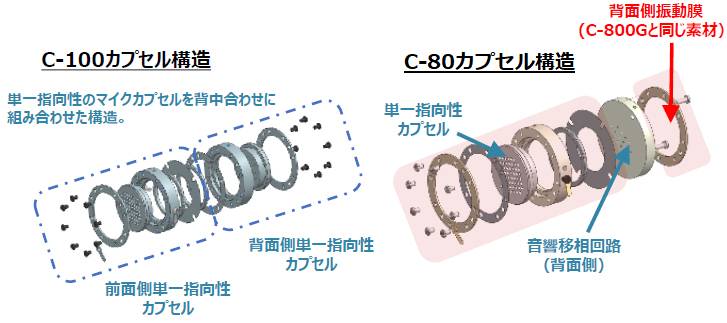
3. Inherited Anti-Resonance Body Structure from the C-800G/C-100
This design minimizes body resonance to eliminate sound muddiness, ensuring clear audio.
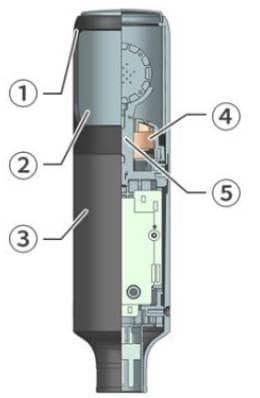
- Microphone Case: Zinc die-cast is used for its high density, ensuring vibration and noise suppression.
- Mesh: The same material as the C-100 is selected for its impact on high-frequency clarity and reduced muffling.
- Sleeve: Like the case, zinc die-cast is used for its vibration and noise suppression properties.
- Reflector: Materials with minimal inherent sound and distortion are selected to reduce the impact of unnecessary reflective waves.
- Shock Damper: A rubber damper between metal pillars, following the C-800G’s vibration-resistant design, ensures vibration isolation while maintaining a robust sound quality.
4. Low-Cut Filter to Eliminate Unwanted Low-Frequency Noise
5. Pad Switch to Minimize Distortion from Excessive Input Sound
My Experience with the C-80
I tested the C-80 extensively, comparing it with various other microphones.
[Comparison Targets]
- SONY / C-100
- AKG / C414XLII
- WARM AUDIO / WA87
- SHURE / SM58
- SHURE / BETA57A
*All tested with no low-cut, cardioid setting, and 0dB pad
Impressions from Actual Use
- Compared to other condenser microphones, the C-80 has notably low noise.
- It delivers a strong Low/Mid presence, making it usable even without EQ adjustments, making it beginner-friendly. However, slight adjustments with EQ, compression, or reverb might result in a muffled sound.
- The output is clear, as if effects are already applied.
- Its compact size allows for space-efficient placement.
- The volume is significant, and its compactness makes it susceptible to vibrations, even with a shock mount.
- Being a cardioid type, it’s designed to pick up sound from the front, but it’s highly precise, so even a slight deviation from the front can significantly reduce volume.
Conclusion
If I were to judge based solely on the recorded sound, the C-80 outperformed all the other microphones in this comparison.
It faithfully captures the original sound and the mid-to-high frequencies are especially clear, while the low frequencies remain warm and mild. Despite being a condenser microphone, it has low noise, and I found it easy to match it to a track with just volume adjustments, even without using effects. This microphone is highly recommended for streamers and beginners just starting vocal recording. While the pursuit of microphone performance is endless, the C-80 has proven itself to be on par with other microphones in this comparison. Above all, its performance at this price point is simply “amazing.” If you’re unsure of what to choose for your first condenser microphone, consider the C-80!





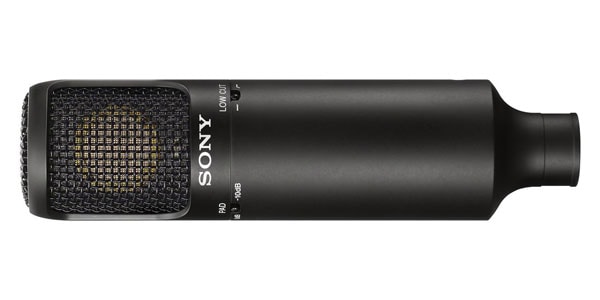


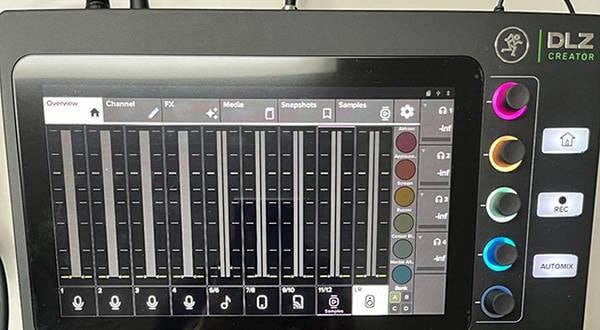
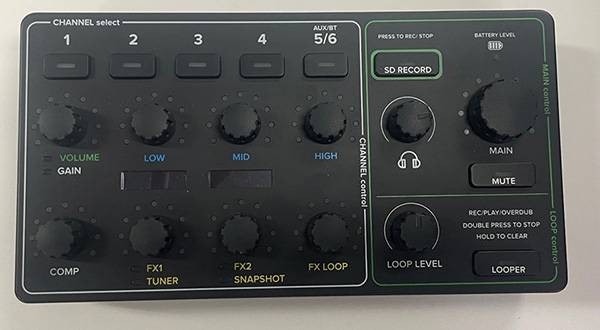
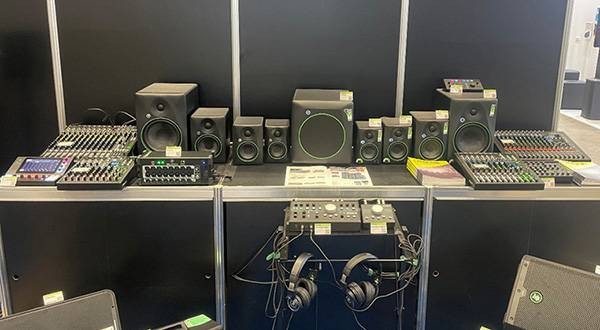

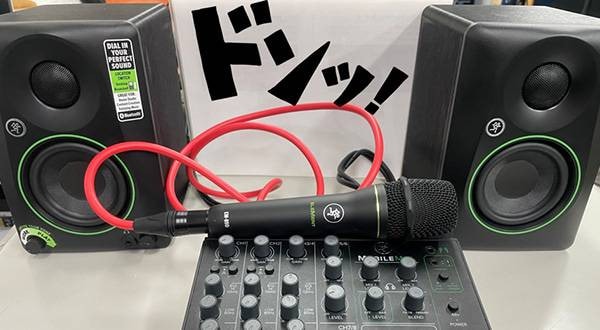
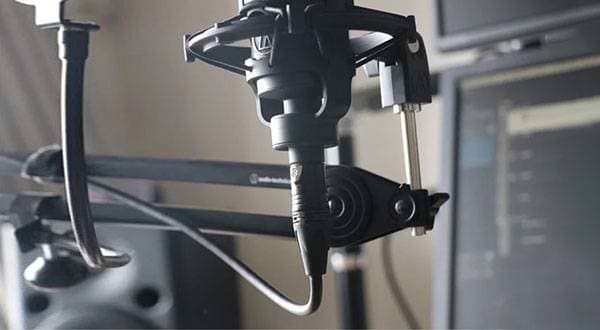
![[New Product Review] Sony’s Latest Wireless Headphones WH-1000XM5 is Released!](/contents/uploads/thumbs/2/2022/5/20220513_2_17934_1.jpg)
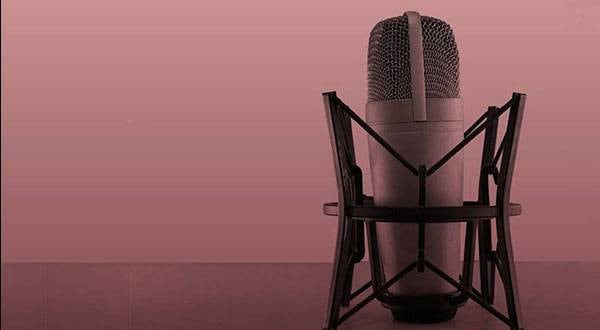

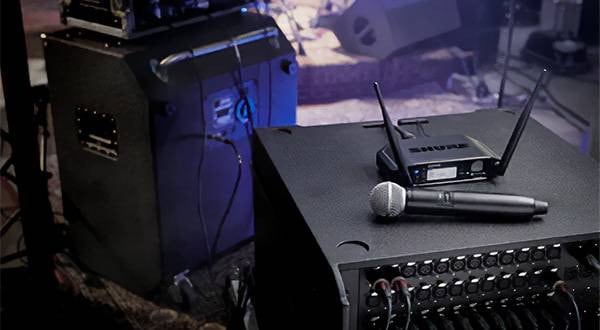
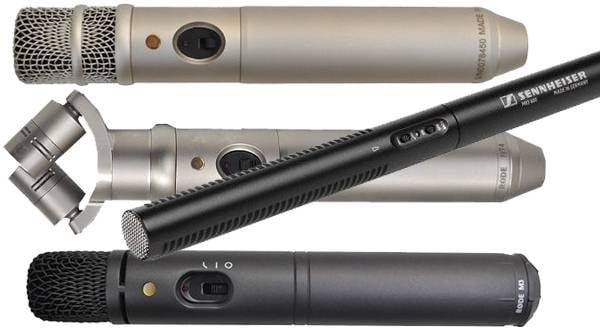
 コンデンサーマイクとは
コンデンサーマイクとは
 マイクケーブルの作り方
マイクケーブルの作り方
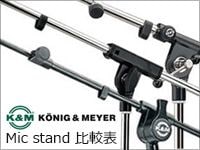 K&M マイクスタンド比較表
K&M マイクスタンド比較表
 ワイヤレスマイクロホン
ワイヤレスマイクロホン
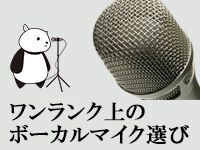 ワンランク上のボーカルマイク選び
ワンランク上のボーカルマイク選び
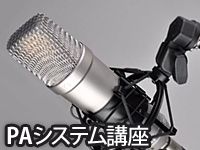 PAシステム講座
PAシステム講座
